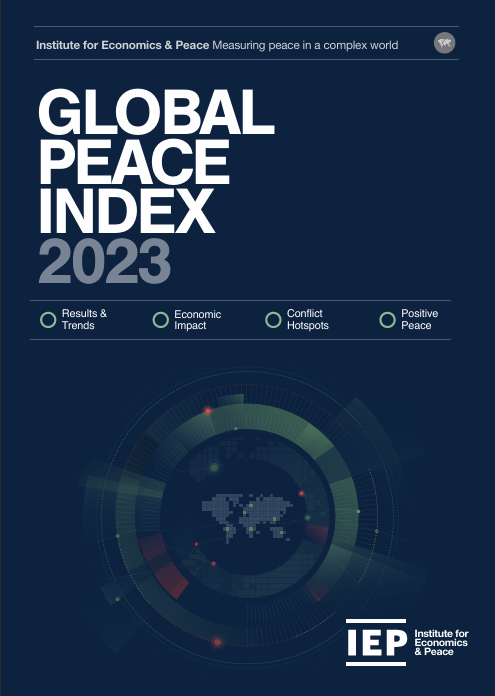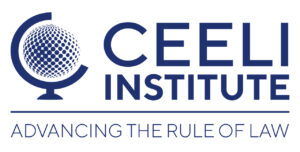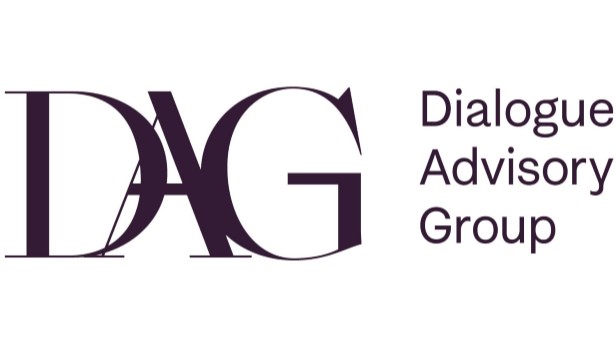Ranks 163 states and territories based on their peacefulness. This crucial global measure covers 99.7% of the world’s population and uses 23 indicators. Notably, it assesses peace across three key dimensions: Societal Safety and Security, Ongoing Domestic and International Conflict, and Militarisation. Unfortunately, the 2023 report reveals a 0.42% decline in global peacefulness, marking this as the ninth consecutive year of deterioration. In a mixed bag of results, 84 countries improved, while 79 worsened. The most significant deteriorations were observed in external conflicts fought, internal conflict deaths, and political instability.
Hence, the report unveils a worrying drop in global peace, a downturn attributed to several factors. These include Russia’s invasion of Ukraine, potential conflicts looming on the horizon, such as a Chinese-Taiwan blockade, the rising costs of economic violence, and overlooked conflicts. An example of the latter is the conflict in Ethiopia, which unfortunately had the highest death toll in 2022.
Key takeaways
- Overall peacefulness score decreased by 0.42%.
- Deaths from conflict reached the highest level this century, with the most significant rise occurring in Ethiopia.
- Iceland, Denmark, Ireland, New Zealand, and Austria were the top five most peaceful countries.
- Afghanistan remained the least peaceful country, followed by Yemen, Syria, South Sudan, and the Democratic Republic of Congo.
Key trends and results
Highlights several key trends and results that provide valuable insights into the state of peace worldwide. These trends and results provide a comprehensive overview of global peace in 2023, highlighting challenges and opportunities for promoting peace and stability worldwide.
- Conflict-Related Deaths: Notes a considerable increase in conflict-related deaths since July 2022.
- Peacefulness Trends: Peacefulness has declined year-on-year for 13 of the last 15 years, as shown in Figure 2.1.
- Regional Overview: Provides a detailed regional overview of peace rankings and trends across different parts of the world.
- Improvements and Deteriorations: It discusses countries that have improved or deteriorated their peace rankings compared to previous years.
- Economic Impact of Violence: Delves into the economic impact of violence and the cost of conflict on economies.
- Conflict Trends and Hotspots: Identifies current conflict trends and hotspots worldwide, shedding light on areas of concern.
- Positive Peace: Explores the concept of positive peace and its importance in building sustainable peace.
Overview
1 – Results
Offers a thorough overview of key findings about the world’s peace state. It provides a comprehensive assessment of global peace, focusing on conflict-related deaths, safety and security indicators, regional trends, and the economic implications of violence.
- Conflict-Related Deaths: Shows a 96% increase in conflict-related deaths, primarily driven by the Ukraine conflict and escalations in sub-Saharan Africa and the Asia-Pacific region.
- Safety and Security Domain: Despite political instability worsening safety and security, the impact of terrorism improved for the fourth year, with progress in 70 countries and increased terrorism in only 28.
- Peacefulness Trends: Indicates a consistent decline in peacefulness over the past 15 years, with peace deteriorating in 13 out of the last 15 years.
- Regional Overview: The Results section likely provides a detailed analysis of peace rankings and trends across different regions, highlighting areas of improvement and concern.
- Economic Impact of Violence: Touches upon the economic consequences of violence and conflict, emphasizing the need to address these issues for sustainable development.
2 – Trends
Provides a detailed analysis of the evolving patterns in peace indicators over time. This section focuses on several aspects, including militarization, safety and security, ongoing conflicts, and specific indicator changes.
- Militarization Domain: Since 2008, the average country’s Militarization score improved by 6.2%, with significant gains in UN peacekeeping funding, armed forces size, and heavy weapons stock. However, weapons imports worsened, suggesting a mixed trend in militarization aspects.
- Safety and Security Domain: The Safety and Security domain experienced a 5.4% deterioration between 2008 and 2023, reflecting challenges in this area over the years.
- Ongoing Conflict Domain: The Ongoing Conflict domain worsened by 14% due to increased deaths from internal and external conflicts. The conflict in Ukraine and escalations in sub-Saharan Africa and the Asia-Pacific largely drove this increase.
- Indicator Changes: Out of 23 GPI indicators, 16 worsened, and seven improved. Eight indicators deteriorated by over 10%, with violent demonstrations and external conflicts showing an average of 53% deterioration.
- Geospatial Trends: Provides insights into geospatial trends, highlighting areas with significant changes in conflict-related deaths and violence against civilians, such as Mali, Myanmar, Ethiopia, Afghanistan, and Yemen.
3 – Economic Impact of Violence
Delves into the monetary consequences of violence on global economies. In summary, this section reveals the financial toll of violence, its effects on economies, and how peacebuilding efforts can promote economic growth and stability.
- Definition of Economic Impact: The economic impact of violence involves expenditures and effects tied to its management, prevention, and aftermath. This section quantifies the economic benefits of peace.
- Disruptions Caused by Violence: Violence and the fear of violence are highlighted as significant disruptors to economies, leading to various economic challenges and hindrances to development.
- Global Economic Impact: Discusses the global economic impact of violence, emphasizing the need to address violence and conflict to unlock economic potential and foster sustainable growth.
- Empirical Basis: By examining the economic consequences of violence, the report offers empirical evidence to guide policymakers, businesses, and other stakeholders in making informed decisions to promote peace and prosperity.
- Peace and Economic Development: Underscores the interplay between peace, stability, and economic development, illustrating how investments in peace can yield positive economic outcomes for societies.
4 – Conflict Trends and Hotspots
Provides an overview of the evolving patterns of conflict worldwide. It presents valuable insights into the changing nature of conflicts, their impact on civilians, the influence of geopolitical competition, and the dynamics of internationalized intrastate conflicts. This section illuminates the key trends and hotspots shaping the global peace landscape.
- Increase in Violence Against Civilians: Highlights a significant increase in violence against civilians, with a notable rise in the number of civilians killed by state or paramilitary forces. The number of civilian deaths increased from 158 in 2021 to 1,058 in 2022, indicating a concerning trend.
- Geopolitical Competition: Discusses the escalation of conflict driven by rising geopolitical competition in an increasingly multipolar world. This competition has intensified many conflicts, particularly in strategically significant areas with pre-existing disputes.
- Internationalized Intrastate Conflicts: Discusses the rise of internationalized intrastate conflicts, now as prevalent as intrastate ones, with external actors often supporting with troops and assistance.
- Conflict Interventions: Over 80% of intrastate conflicts between 1975-2017 involved at least one actor receiving external support. The section may discuss the implications of direct external interventions in conflicts and their impact on conflict dynamics.
- Conflict Hotspots: Identifies specific conflict hotspots and regions of concern, highlighting areas where violence and conflict have escalated or persisted, contributing to global instability.
5 – Positive Peace
Explores the concept of Positive Peace and its role in promoting harmonious societies. The section highlights the importance of nurturing conditions that enhance peace and resilience. It further investigates the interconnected pillars of Positive Peace, their influence on different results, and the ongoing trends in establishing and maintaining peaceful societies.
- Pillars of Positive Peace: Covers the eight pillars: free flow of information, low corruption, high human capital, effective government, acceptance of others’ rights, good neighbourly relations, sound business environment, and equitable resource distribution.
- Interconnected Factors: Emphasizes how these eight pillars of Positive Peace are highly interconnected and interact in complex ways to contribute to overall societal peace and stability.
- Impact of Positive Peace: Higher Positive Peace levels are associated with increased income growth, improved environmental results, enhanced well-being, better development and stronger resilience. It’s a measure of societal resilience and recovery capacity.
- Positive Peace Index (PPI): Discusses the Positive Peace Index (PPI), which uses economic and social indicators to understand their association with peace, as measured by the Global Peace Index. The PPI offers insight into what contributes to peaceful societies.
- Long-Term Trends: Positive Peace improved from 2009 to 2019, declined due to COVID-19 and the recession, and despite improvements in 2021 and 2022, it hasn’t reached pre-pandemic levels.
Furthermore. Moreover. Nevertheless, Nonetheless. Furthermore. Moreover. Nevertheless, Nonetheless.




